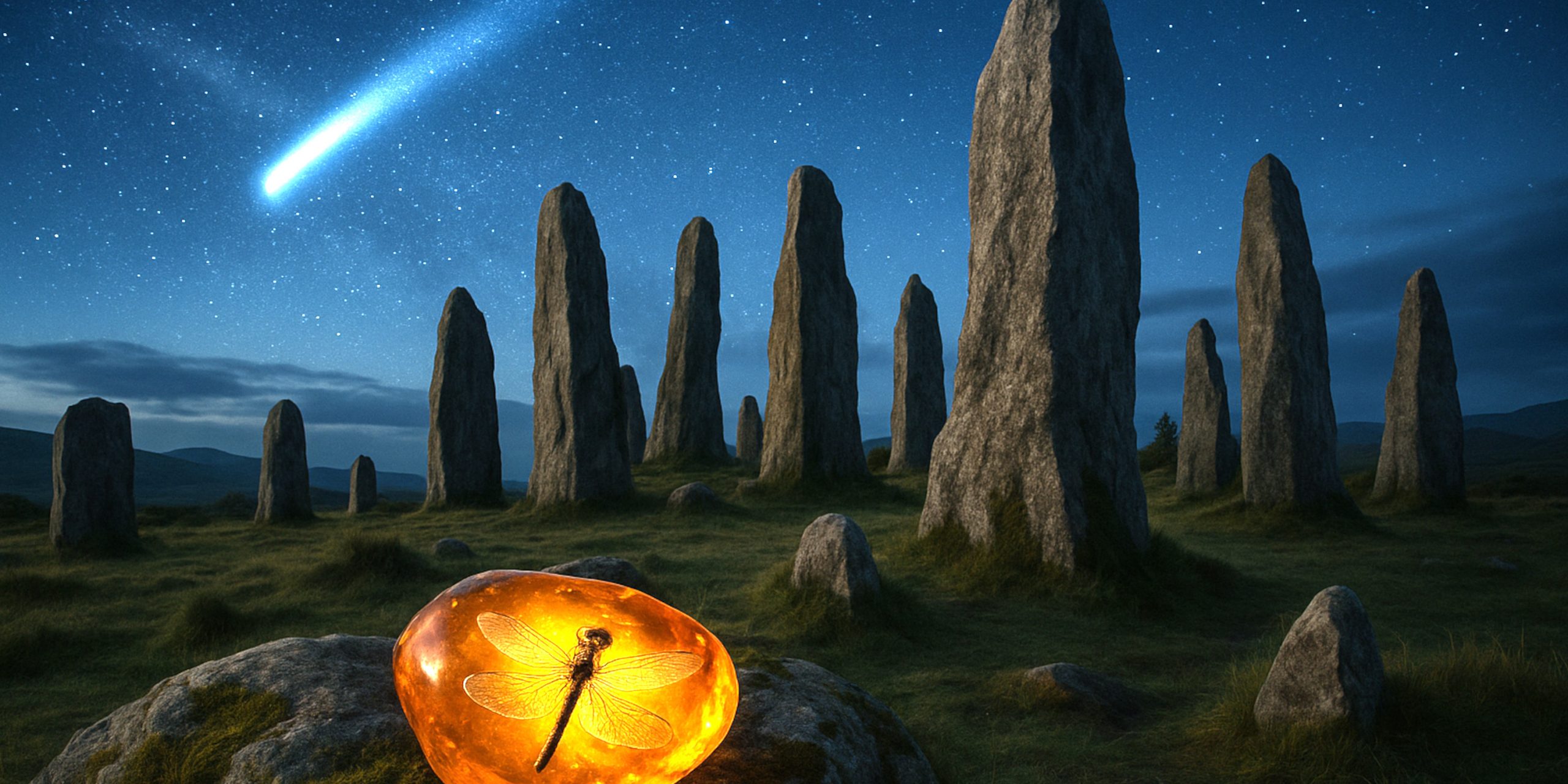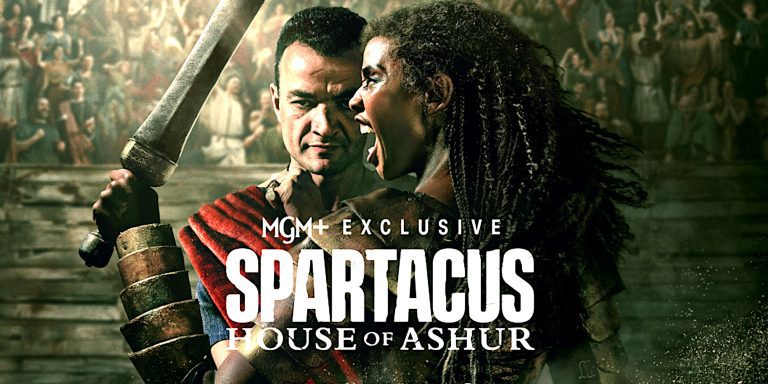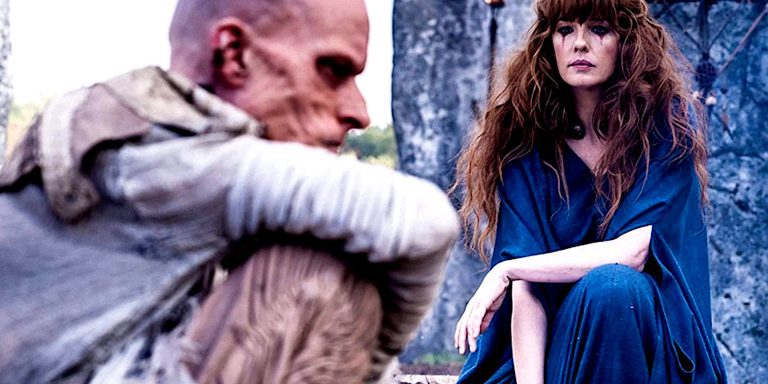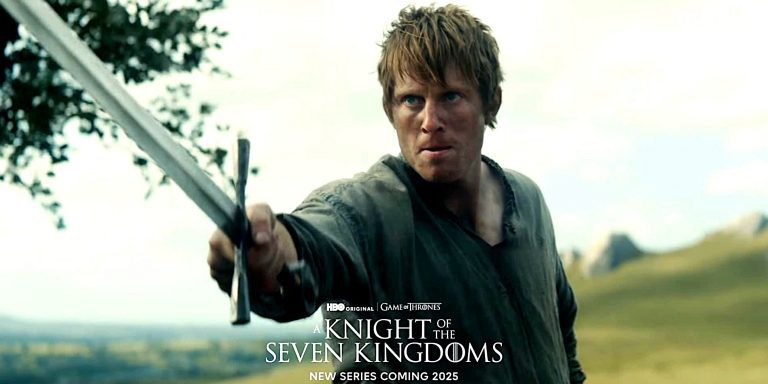
If Outlander were just a time-travel romance, it would still be good. But what makes it unforgettable are the symbols that run through it like threads of fate. From a dragonfly trapped in amber to a mysterious comet streaking across the sky, these motifs turn the series into something closer to myth than mere fiction. Let’s unpack a few of them and see why they linger long after the credits roll.
The Dragonfly in Amber
The title of the second book (and the second season of the show) is more than just poetic, it’s the beating heart of Outlander’s symbolism.
A dragonfly trapped in amber is both beautiful and tragic, preserved forever but frozen in time. It mirrors Claire and Jamie’s relationship, caught between centuries, and their attempts to hold onto something eternal even when the world keeps shifting beneath them.
The amber itself represents the past, warm, golden, and unchangeable. The dragonfly, delicate and fleeting, symbolises life and love that can’t be contained. The combination feels like Gabaldon’s quiet warning: every love story has a cost, especially when time is the enemy.
The Comet
When the comet appears in later books, it isn’t just a pretty astronomical event. It feels like a cosmic signature, a reminder that fate operates on its own mysterious timetable. In Outlander, celestial signs often accompany turning points. The comet becomes a bridge between eras, suggesting that what happens on Earth has echoes in the stars.
It’s also a nod to the tension between science and mysticism, a theme that runs through the entire series. Claire is a healer rooted in medicine and reason, but she constantly finds herself pulled into the supernatural. The comet is both her world and Jamie’s colliding in the sky, burning bright and vanishing too soon.
The Stones
The standing stones at Craigh na Dun are the series’ most famous symbol, and for good reason. They are portals, yes, but they also represent choice and consequence. Every crossing has a cost, and every stone hums with both promise and danger.
They stand in for all the forces that shape destiny: time, history, and the impossible decisions that define who we become. When Claire touches the stones, it’s less an accident and more an act of transformation. They are ancient, indifferent, and yet deeply personal, just like history itself.
The Thistle and the Scottish Landscape
You can’t talk about Outlander without talking about Scotland. The thistle, the national flower, shows up everywhere, embroidered, mentioned, or growing wild. It’s a symbol of resilience, of beauty that comes with sharp edges. Which, frankly, describes both Jamie and Scotland rather well.
The land itself acts like a living character. The mists, the moors, the ruined castles, they’re not just scenery but emotional terrain. The wildness of the Highlands reflects the story’s defiance against order, empire, and time.
Fire, Water, and Blood
Gabaldon plays with elemental imagery constantly. Fire represents passion and destruction, think of the burning crofts or the way Claire’s hair glows in candlelight. Water symbolises change and cleansing, from river crossings to baptisms. And blood, well, it’s everywhere, binding clans, sealing oaths, and reminding us that love and violence often share the same root.
These elements ground the fantasy in something primal. For all its time travel and ghosts, Outlander never drifts too far from the flesh-and-blood realities of survival and devotion.
The Ring
The wedding ring Claire wears, both of them, actually, carry layered meanings. Frank’s gold band belongs to the modern world, to reason, science, and stability. Jamie’s silver one, forged from his key to Lallybroch, belongs to passion, history, and the past. Together, they symbolise her impossible duality: a woman of two times, two loves, and two selves.
It’s not an accident that Claire loses and regains these rings at pivotal moments. Each time, it’s like the universe asking her to choose where she truly belongs.
The Seven Swords Takeaway
Outlander’s symbols aren’t window dressing, they’re the architecture of its storytelling. They tie love, loss, and history into something that feels almost sacred. Whether it’s a dragonfly trapped in amber or a comet streaking through the night, these images remind us that time might separate people, but meaning endures.
And maybe that’s Gabaldon’s quiet message: the past is never really gone, it’s just waiting to be touched again, preferably through a suspiciously humming stone circle.



